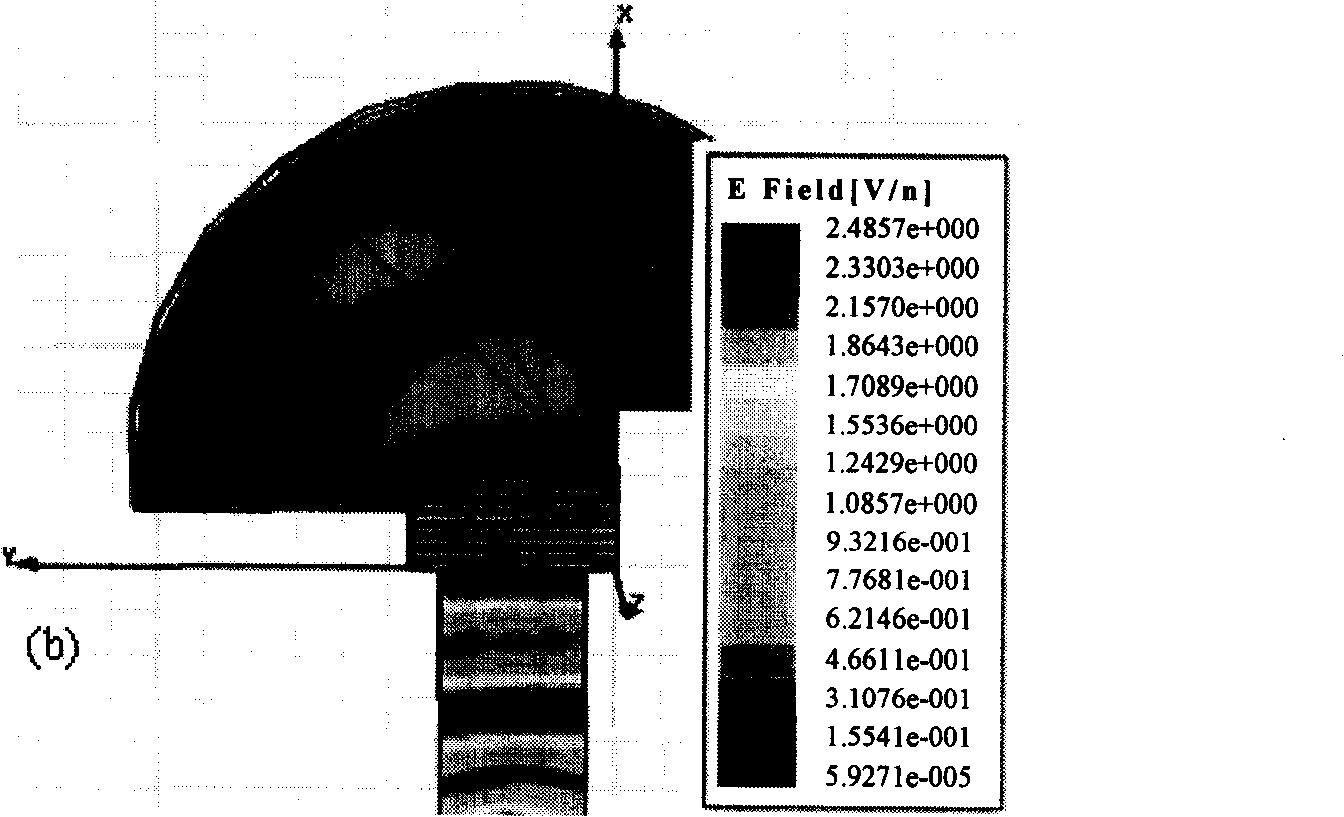Tunable microwave material with negative refractive index
A negative refractive index material, microwave technology, applied in waveguide devices, optics, instruments, etc., can solve the problem of difficulty in frequency tunability of negative refractive index media, and achieve the effect of adjustable operating frequency, wide range and stable performance.
- Summary
- Abstract
- Description
- Claims
- Application Information
AI Technical Summary
Problems solved by technology
Method used
Image
Examples
Embodiment Construction
[0016] 1. Preparation of insulating ferromagnetic material or insulating ferrimagnetic material substrate: the present invention adopts YIG type ferromagnetic material, its dielectric constant is 13.8, saturation magnetization is 1830Gs (Gs is the CGS unit system, 1Gs= 10 -4 Wb / m 2 ), the loss tangent is 0.0004. The thickness of the YIG ferromagnetic material substrate is 1mm. In order to be able to measure the electromagnetic characteristics of the processed sample in the X-wave frequency band, the length of the YIG ferromagnetic material substrate is 22.86mm and the width is 10.16mm. The number of substrates is 10 pieces.
[0017] 2. Preparation of the printed circuit board: The circuit board substrate material of the present invention uses Rogers 5880 series radio frequency substrate material with the smallest dielectric constant and loss. The thickness of the substrate material is 0.254 mm to 0.508 mm, and the length and width dimensions are 22.86 mm and 10.16 mm, respectively...
PUM
| Property | Measurement | Unit |
|---|---|---|
| Saturation magnetization | aaaaa | aaaaa |
| Thickness | aaaaa | aaaaa |
| Thickness | aaaaa | aaaaa |
Abstract
Description
Claims
Application Information
 Login to View More
Login to View More - R&D
- Intellectual Property
- Life Sciences
- Materials
- Tech Scout
- Unparalleled Data Quality
- Higher Quality Content
- 60% Fewer Hallucinations
Browse by: Latest US Patents, China's latest patents, Technical Efficacy Thesaurus, Application Domain, Technology Topic, Popular Technical Reports.
© 2025 PatSnap. All rights reserved.Legal|Privacy policy|Modern Slavery Act Transparency Statement|Sitemap|About US| Contact US: help@patsnap.com



